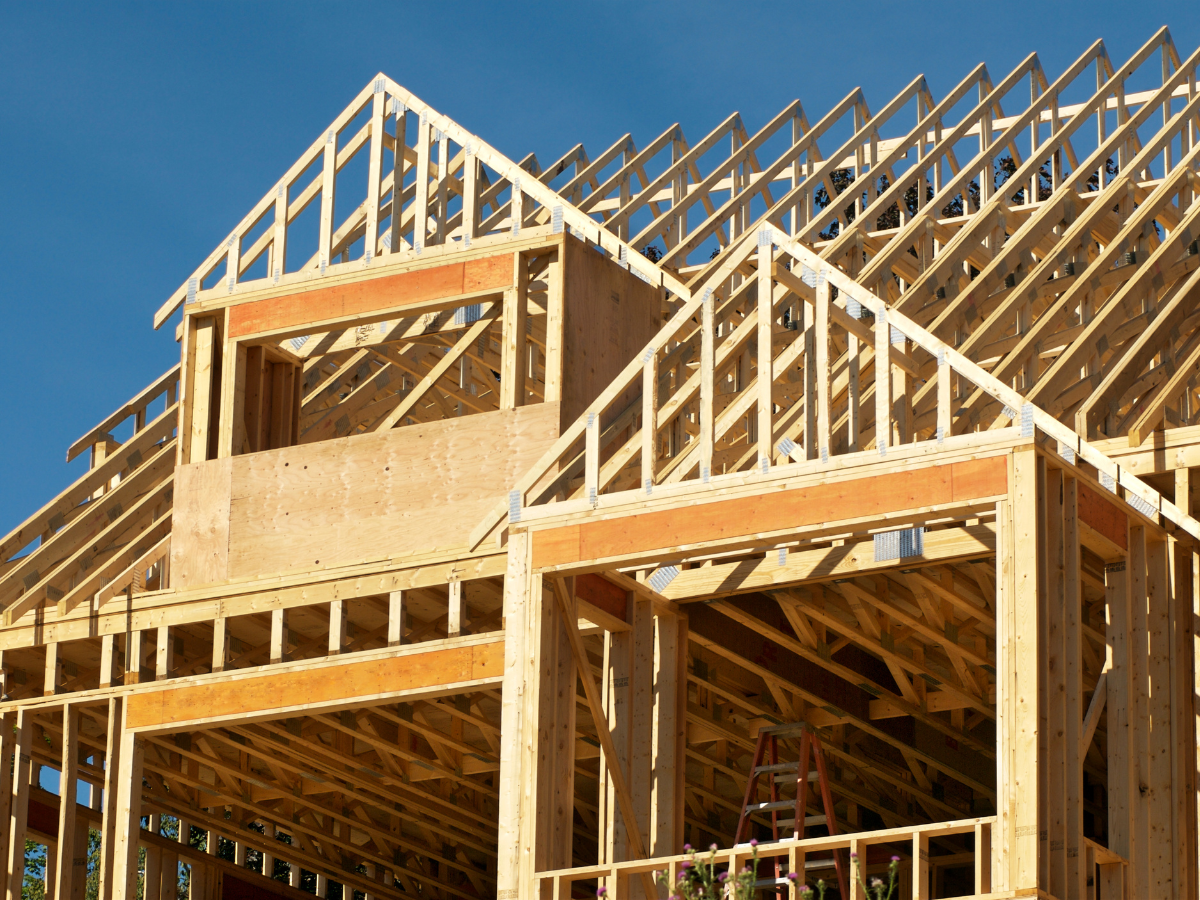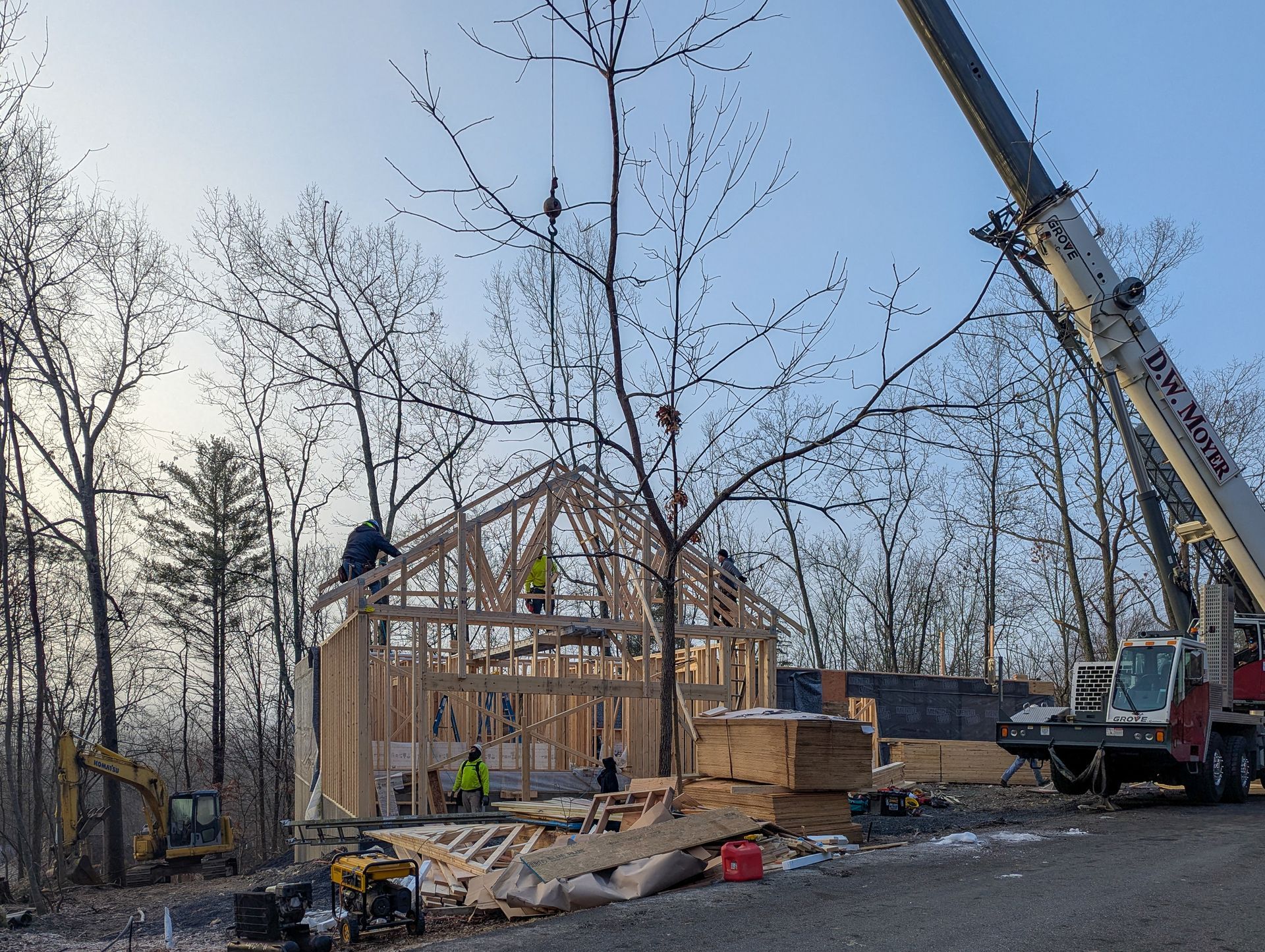How Long Does It Take to Build a House?
Building a house is a complex process that involves careful planning, skilled labor, and a lot of patience. Many factors affect the timeline of a construction project, from the size and design of the house to weather conditions and the availability of materials. In this blog, we’ll explore the average timeline for building a house, the stages involved, and tips to ensure a smooth and timely construction process.
1. Average Timeline for Building a House
On average, it takes about 6 to 12 months to build a home, depending on several factors such as the complexity of the design, the type of materials used, and the experience of the construction team. Custom homes, for instance, tend to take longer to build compared to pre-designed models or homes built from a set plan.
Why It’s Important:
Understanding the general timeframe for building a house helps set realistic expectations. This timeline allows you to plan accordingly, whether it’s for financing, moving, or coordinating with other contractors.
What You Can Do:
When planning to build a home, work with an experienced construction team like
WS Design & Build to develop a timeline that aligns with your goals. Keep in mind that some delays may be unavoidable due to factors like weather, permitting issues, or material shortages.
For more details on construction timelines, check out the National Association of Home Builders (NAHB) for expert guidance.
2. Stages of Building a House
The timeline for building a house is divided into several stages, each with its own set of tasks and requirements. Here’s a breakdown of the typical stages:
- Pre-Construction Phase (1-2 months):
During this phase, the focus is on site preparation, obtaining permits, and finalizing the design and budget. Your contractor will also coordinate with architects, engineers, and local government authorities to ensure everything is in place before construction begins. - Foundation and Framing (1-2 months):
Once the permits are approved, the foundation is poured, and the framing begins. This phase includes pouring the concrete foundation, building the structural framework of the house, and completing the roof. - Plumbing, Electrical, and HVAC (1-2 months):
After the framing is complete, the next step involves installing plumbing, electrical wiring, and HVAC systems. This is when the house begins to take shape, and the systems that support daily living are put into place. - Interior and Exterior Work (2-3 months):
This phase includes installing windows, doors, siding, drywall, flooring, and roofing. Interior finishes such as painting, cabinetry, and flooring are also completed during this stage. - Final Touches and Inspections (1 month):
The last stage involves adding final touches like landscaping, trim, and appliances. Final inspections are conducted to ensure the house meets local building codes and safety standards. Once everything passes inspection, you’re ready to move in!
Why It’s Important:
Knowing the stages of construction helps you track progress and understand what to expect during each phase. If delays occur at any stage, having a clear understanding of the process will allow you to better communicate with your contractor.

3. Factors That Can Affect the Timeline
While the average timeline for building a house is 6-12 months, several factors can impact the construction timeline:
- Weather Conditions: Bad weather, such as heavy rain, snow, or extreme temperatures, can delay outdoor work such as foundation pouring or roofing.
- Permitting and Inspections: Obtaining permits and passing inspections can take time, especially if there are any issues with the plans or if the local authority’s schedule is delayed.
- Material Availability: Shortages or delays in receiving materials, such as lumber or concrete, can stall construction.
- Labor Availability: The availability of skilled labor, including carpenters, electricians, and plumbers, can also affect how quickly the project progresses.
Why It’s Important:
Understanding the factors that can influence the timeline allows you to plan better and be prepared for any potential setbacks. Working with a reliable construction team can help mitigate delays and keep the project on track.
What You Can Do:
Stay in close communication with your construction team and remain flexible with your timeline to account for any unexpected delays. Additionally, work with a contractor who has experience in managing these factors and can minimize delays.
4. How to Speed Up the Construction Process
While some delays are unavoidable, there are ways to streamline the building process and reduce the timeline:
- Pre-Construction Planning: Ensure that all permits, designs, and budgets are finalized before construction begins. This helps avoid any delays due to last-minute changes or approval issues.
- Choose a Simple Design: Custom, intricate designs may take longer to build, so opting for a more straightforward design can speed up construction.
- Work with Experienced Contractors: Hiring a contractor with a strong track record of completing projects on time can help ensure a smoother process.
Why It’s Important:
Efficient planning and communication are key to speeding up the construction process. A well-prepared project can reduce downtime and help ensure that the project stays on schedule.
What You Can Do:
Collaborate closely with your contractor, architect, and other professionals to ensure that everyone is on the same page and that the project proceeds without unnecessary delays.
5. Delays That May Arise During Construction
While delays are often unavoidable, understanding common reasons for setbacks can help you be better prepared. Some common causes of delays include:
- Supply Chain Disruptions: If materials are delayed due to supply chain issues, construction could be held up.
- Unforeseen Site Conditions: Issues like poor soil quality or the discovery of underground utilities may require additional work.
- Labor Shortages: Availability of skilled labor can sometimes delay progress, especially if workers are unavailable or if the labor pool is stretched thin.
Why It’s Important:
Being aware of potential delays allows you to remain patient and proactive when addressing issues that may arise.
What You Can Do:
Stay in close communication with your construction team and be flexible when addressing any issues. Early detection of problems can help resolve them quickly and minimize delays.
Conclusion
Building a house is an exciting but complex process, and understanding the typical timeline for construction is important for setting realistic expectations. On average, it takes 6-12 months to build a home, but the timeline can vary based on several factors such as weather, materials, and labor availability. By staying proactive and working with a trusted contractor like WS Design & Build, you can ensure that your project runs smoothly and is completed in a timely manner.





